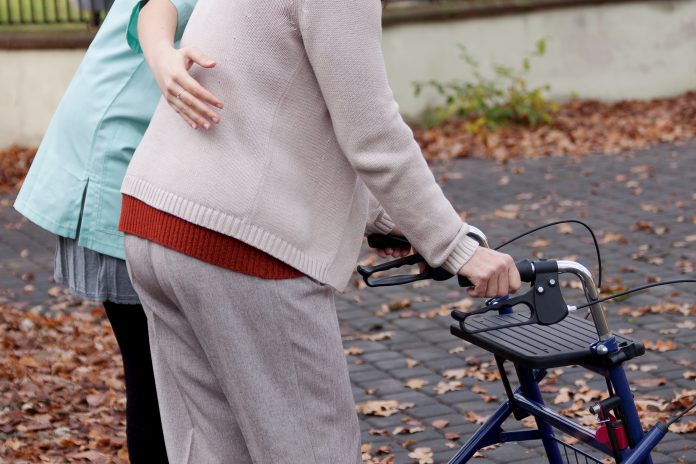A shortage of nearly 500,000 senior living housing units has illuminated the impact the housing crisis may have on the increasing elderly population of the UK
BNP Paribas Real Estate data has revealed a senior living housing shortage, with a projected shortfall of 487,000+ units across the UK.
The data highlights the urgency for a greater allocation of sites to accommodate an ageing population
Assuming there is a 150 unit allocation per senior living scheme, the data indicates that 3,245 communities need to be built to account for the lack in supply.
The figures do not take into account the 31% expected growth in over 65s as life expectancy increases over the next 15 years.
According to the English Housing Survey, 80% of over 65s own their own home (either with a mortgage or outright).
In the latest Housing Futures report, a consumer survey published by Strutt and Parker, 48% of those over the age of 66 would prefer to rent their next home.
A senior living housing shortage is a cause for concern
Sam Rowland, head of healthcare and senior living at BNP Paribas Real Estate commented: “The current shortfall in housing product for senior living is indicative of the consumer misconceptions around the offer it provides and comparisons to the likes of care homes which provide an entirely different capacity of support to its residents.
“The lack of supply of homes across the UK is a cause for alarm. We live in an ageing population and in ‘generation rent’, and, with greater perception and awareness, investment should increase and thus help to support and combat the crisis as rental becomes a more viable option for those who wish to downsize and have the available capital and/or can lease their existing property out in favour of this sector, which can put often underutilised family housing stock back into the market, improving availability for those in earlier stages in life.
Senior living schemes help reduce demand on the NHS
Sam continued: “Senior living schemes consistently evolve to meet the needs of changing demographic requirements, which is part of its strength and appeal as a viable and amenity-led rental option with a real lifestyle-centric offer.
“There are many benefits to providing this in terms of the improvements it can make to residents health and wellbeing, thus relieving pressure on the NHS, the community it can provide; particularly across ages where loneliness can be prevalent, and the boost it can provide to local economies in terms of disposable income.”
According to ARCO (Associated Retirement Community Operators) only 0.6% of over-65s currently have the opportunity to live in an Integrated Retirement Community in the UK, compared to at least 5-6% in New Zealand, Australia, and the US. It estimates that around 70,000 Housing with care units in the UK house 90,000 people. There are 12.5m over 65s living in the UK and this is expected to increase to 16.5m by 2036.
Increasing pressures push more people into the rental market, yet there are less homes available
Rebecca Shafran, alternatives markets research at BNP Paribas Real Estate added: “Home ownership unaffordability continues to ensure demand for rental property is high, yet the number of available homes has declined.
“The rising cost of living and increased interest rates is anticipated to impact on affordability further, driving more people to the rental market. The government, local authorities and the real estate industry desperately needs to plan ahead to create homes or free up alternative housing options for the growing percentage of lifelong renters and buyers.”

















